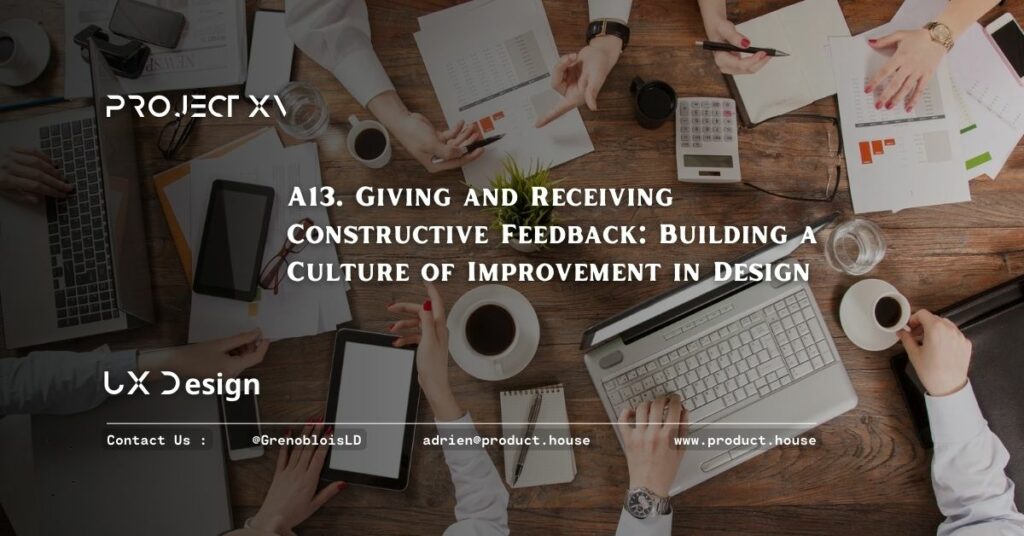O5. Willingness to Learn and Keep up with the Latest Web Development Trends and Best Practices
In today’s fast-paced and ever-changing tech industry, having a willingness to learn and keep up with the latest web development trends and best practices is…




